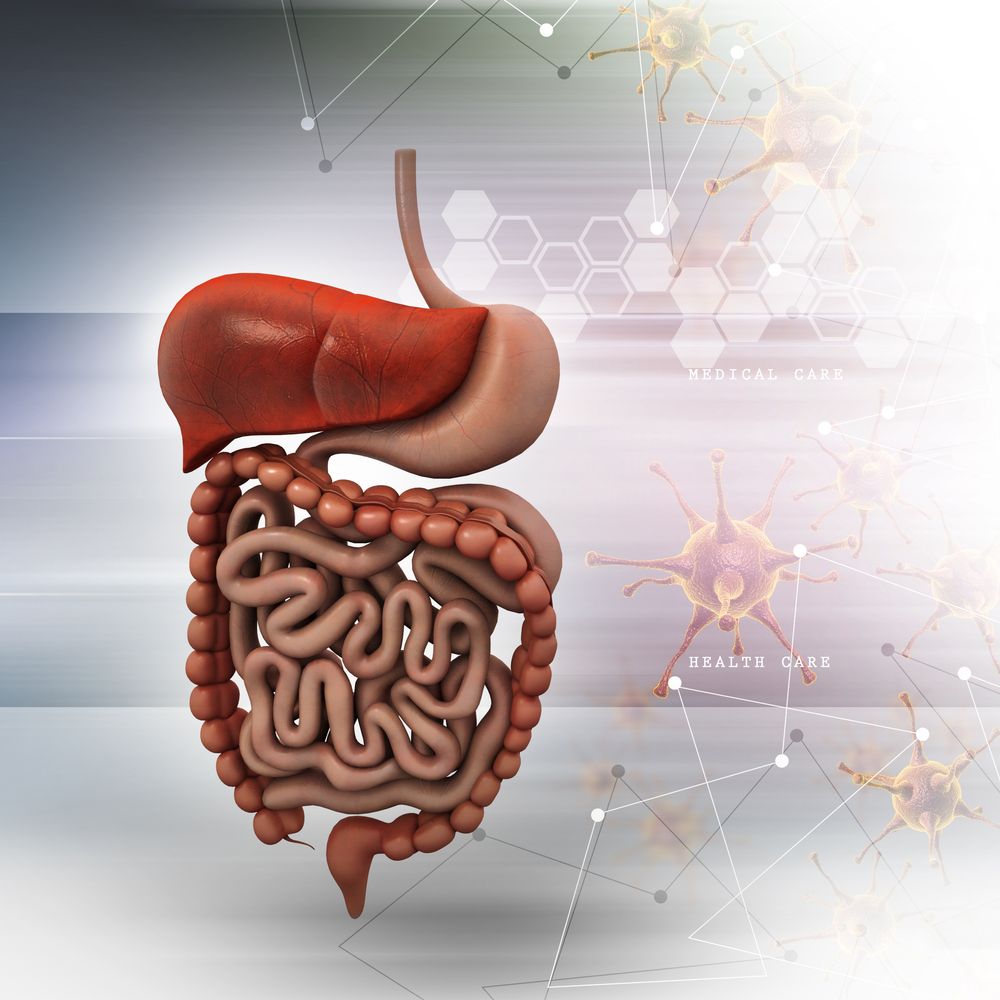Liver Transplant Could Rescue Hypoparathyroidism Caused by Wilson Disease, Case Report Suggests

A case report in China suggests that a liver transplant may rescue hypoparathyroidism caused by Wilson’s disease, although the collected evidence is not yet sufficient to confirm this.
A 19-year-old man with both conditions underwent a liver transplant to treat Wilson’s disease, a rare genetic disorder characterized by excess copper accumulation in the body’s tissues. Although his levels of parathyroid hormone (PTH) failed to recover, blood calcium and phosphorus did return to normal nine weeks after surgery.
Researchers underline that a longer follow-up is needed to clarify if a liver transplant is enough, or if parathyroid surgery also is needed to treat hypoparathyroidism in this particular patient population.
The report, “Liver transplantation for hypoparathyroidism secondary to Wilson’s disease,” was published in the Chinese Medical Journal.
Wilson’s disease (WD) is a rare disorder in which excess copper accumulates in tissues throughout the body, particularly the liver, brain, and eye. It is caused by mutations that impair the transport of copper from the liver to the bile, to be excreted from the body through the intestines. As a consequence, excessive copper starts to accumulate.
The disease is progressive and, if left untreated, may cause liver (hepatic) disease, central nervous system dysfunction, and death.
Treatment is aimed at reducing the amount of copper stored in the tissue, and maintaining normal levels thereafter. Liver transplantation may be lifesaving for individuals who have severe liver failure.
In rare cases, the parathyroid glands also are affected and fail to produce enough parathyroid hormone (PTH), causing hypoparathyroidism.
The present case described a man with Wilson’s disease who also had manifestations of hypoparathyroidism. He was admitted to Tianjin First Central Hospital, in China, displaying jaundice — a yellow discoloration of the skin and sclera (whites of the eyes) — a typical symptom of WD.
Other observations included growth retardation, abnormal development, an indifferent expression, poor nutrition, passive posture, limited movement, and an inability to stand unaided. The patient also displayed spot baldness, a rounded face, short neck, rickets of the chest, and coarse skin.
Dual-phase 99mTc-MIBI imaging of the parathyroid glands detected two nodules, indicative of hyperplasia or overgrowth of the glands, which is a common cause of hypoparathyroidism. Hyperplasia of the parathyroid gland may result as a consequence of low PTH production, further impairing these glands’ function.
Magnetic resonance imaging (MRI) also revealed spine deformities, including thoracic scoliosis (spine curvature) and a straightened lumbar curve.
Blood tests showed very low levels of parathyroid hormone (PTH) (lower than 2 pg/mL, when reference values are 15-65 pg/mL), along with low calcium and high phosphorus levels, which are all typical signs of hypoparathyroidism.
The levels of ceruloplasmin, a copper protein, also were lower than normal at 17.1 mg/dL, which is a hallmark of WD.
Due to liver failure, the patient underwent a liver transplant, after which blood values were regularly reassessed up to week 9 after surgery.
Except at week 2 post-surgery, when a substantial increase in PTH was observed (26.6 pg/mL), the hormone levels remained low — from 5.9 and 11.8 pg/mL — up to week 9.
However, blood calcium increased to normal levels from the second week onward, and maintained between 2.11 and 2.47 mmol/L. Phosphorus values initially dropped, but at week 2 and thereafter they also returned to normal, and stabilized between 1.1 and 1.48 mmol/L.
“Although levels of PTH failed to return to normal after surgery, blood calcium and phosphorus values did return to normal values. Due to the short observation time after surgery [9 weeks], it remains unclear as to whether the liver transplantation had any effects on the hypoparathyroidism secondary to WD, therefore further follow-up observations are warranted,” the researchers said.
They said an immediate parathyroid transplant “may not necessarily be required in patients with hypoparathyroidism secondary to WD who require liver transplant.”
“In such patients, the liver transplant might provide a sufficient condition for the recovery of parathyroid function,” they added.






